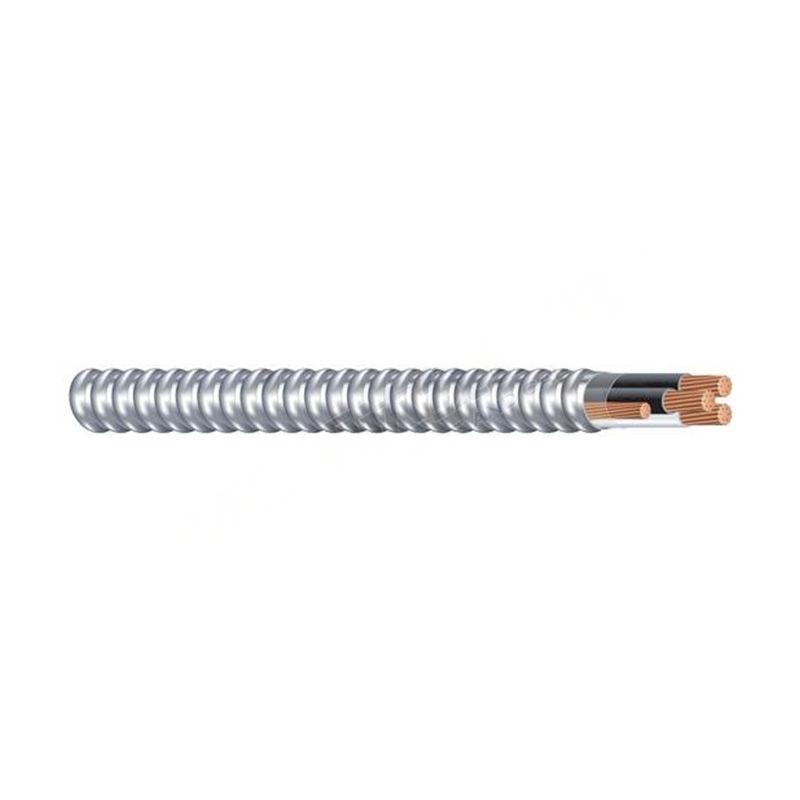Dec . 03, 2024 16:34 Back to list
2 inch rubber expansion joint
2-Inch Rubber Expansion Joints A Vital Component for Modern Piping Systems
In the ever-evolving world of industrial and commercial piping systems, the importance of reliable and effective methods of managing movement and expansion cannot be overstated. Among the various solutions available, the 2-inch rubber expansion joint stands out as a crucial component in ensuring the longevity and efficiency of piping systems. This article delves into the design, functionality, benefits, and applications of 2-inch rubber expansion joints, illuminating their significance in maintaining optimal operation in a variety of environments.
Understanding the Basics
Expansion joints are designed to absorb vibration, accommodate thermal expansion and contraction, and mitigate stress caused by the movement in piping systems. The 2-inch rubber expansion joint, specifically, is engineered to connect two sections of pipe while allowing for slight movements. These joints are typically constructed from high-quality elastomers, which provide flexibility and ensure durability.
Design and Construction
A typical 2-inch rubber expansion joint consists of several essential components. The body of the joint is made from synthetic rubber materials, chosen for their ability to withstand a wide range of temperatures and pressures. Reinforcing fabrics, usually made from polyester or other high-tensile materials, are incorporated into the design to enhance strength and prevent collapse under pressure.
The flanges that connect the expansion joint to the piping system can be made of various materials such as carbon steel, stainless steel, or ductile iron, depending on the application and environmental considerations. The joint's design also includes features such as tie rods or limit bolts, which help maintain alignment and prevent excessive movement that could lead to failure.
Functionality
The primary function of a 2-inch rubber expansion joint is to absorb movements caused by thermal expansion, vibration, and piping misalignments. As temperatures fluctuate, materials in piping systems expand and contract. Without an expansion joint, this movement can lead to excessive stress on pipes, potentially resulting in leaks, cracks, or even catastrophic failure.
The flexibility of the rubber material allows these joints to effectively absorb lateral, angular, and axial movements. Additionally, they can help to isolate vibrations produced by pumps and other equipment, contributing to quieter operation and reducing wear on supporting structures.
2 inch rubber expansion joint

Benefits of Using Rubber Expansion Joints
1. Flexibility and Adaptability One of the most significant advantages of 2-inch rubber expansion joints is their flexibility. They can accommodate various movements in piping systems, making them suitable for a wide range of applications.
2. Noise and Vibration Reduction The rubber material effectively dampens vibrations, which can significantly reduce noise in industrial environments. This is especially important in settings where noise regulations are a concern.
3. Corrosion Resistance Rubber expansion joints can be designed to resist various chemicals and environmental conditions. This versatility ensures that they can be used in many industries, from wastewater treatment to chemical processing.
4. Ease of Installation The lightweight nature of rubber expansion joints makes them easy to install compared to heavier metal alternatives. They require less support and can be fitted into tight spaces, saving both time and labor costs.
5. Cost-Effectiveness Generally, rubber expansion joints are more affordable than metal expansion joints. Their durability and low maintenance requirements further enhance their cost-effectiveness over the long term.
Applications
2-inch rubber expansion joints are employed in a variety of applications across different industries. They are commonly found in HVAC systems, where they handle the thermal expansion of ducts. In water and wastewater systems, they absorb shock loads from pumps and other mechanical equipment. Furthermore, they are integral to food processing, chemical manufacturing, and power generation, proving their versatility and effectiveness in handling diverse operational challenges.
Conclusion
The 2-inch rubber expansion joint is a vital component of modern piping systems, providing essential support in maintaining efficiency and integrity. By addressing the challenges of thermal expansion, vibration, and misalignment, these joints play a crucial role in ensuring the reliability of industrial operations. As industries continue to advance and evolve, the demand for effective solutions like rubber expansion joints will only continue to grow, solidifying their place as indispensable elements in piping systems worldwide.
Share
-
Reliable Wafer Type Butterfly Valves for Every IndustryNewsJul.25,2025
-
Reliable Flow Control Begins with the Right Ball Check ValveNewsJul.25,2025
-
Precision Flow Control Starts with Quality ValvesNewsJul.25,2025
-
Industrial Flow Control ReliabilityNewsJul.25,2025
-
Engineered for Efficiency Gate Valves That Power Industrial PerformanceNewsJul.25,2025
-
Empowering Infrastructure Through Quality ManufacturingNewsJul.25,2025